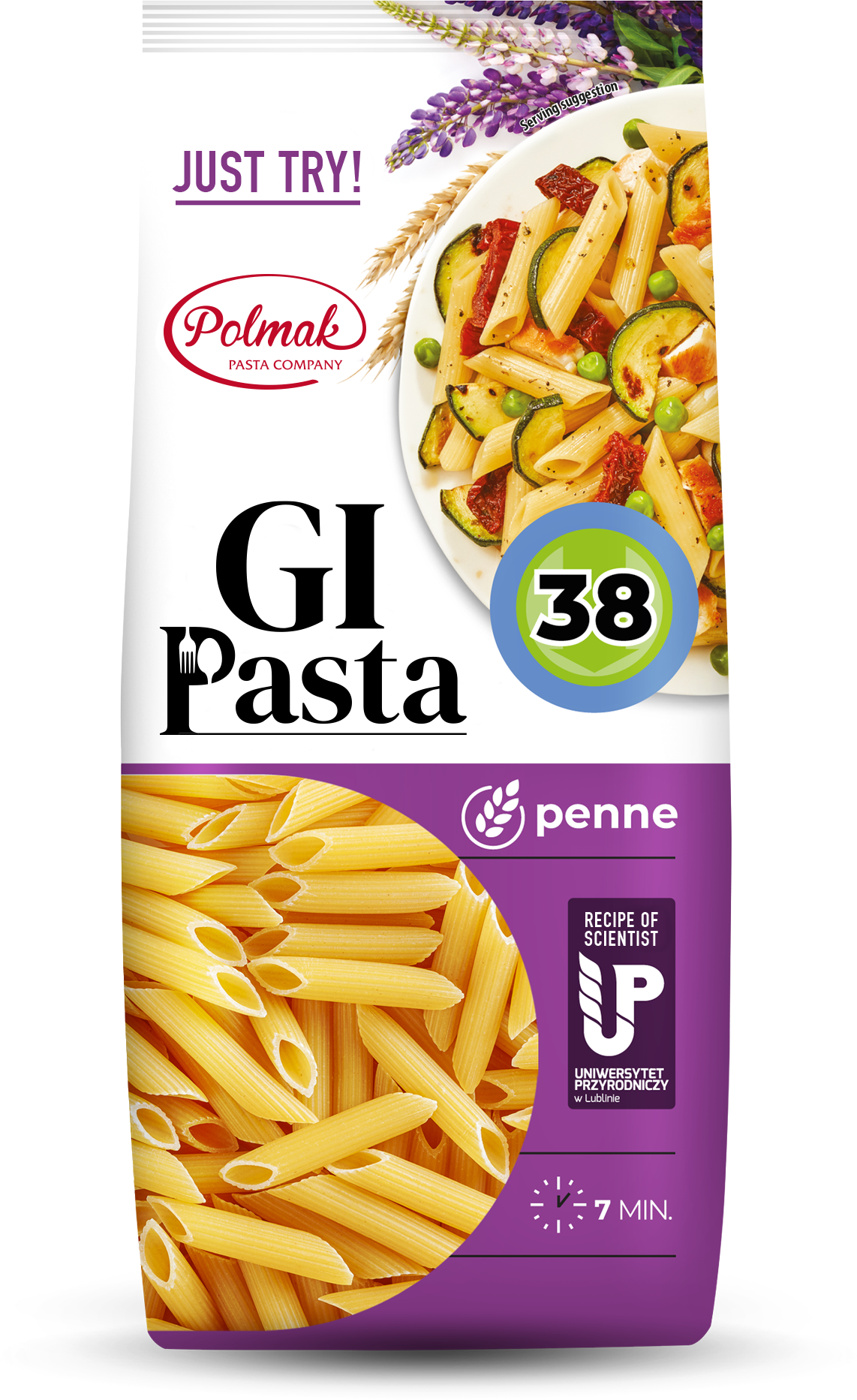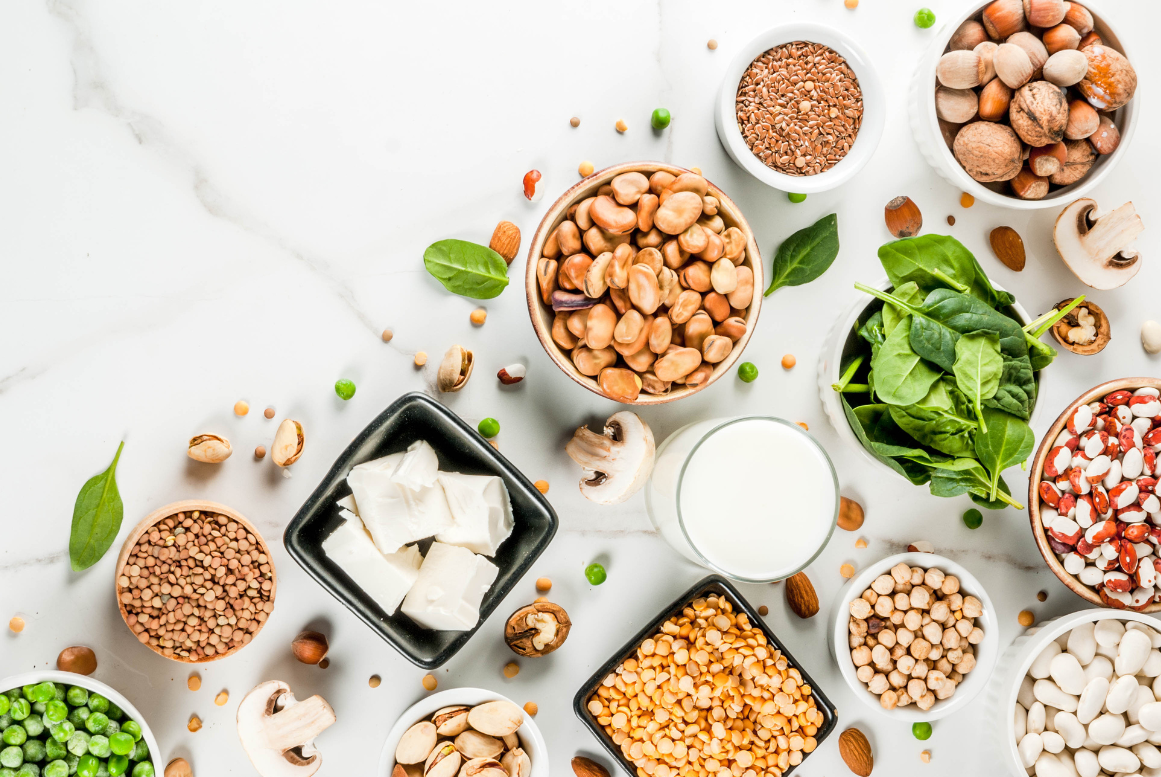Nutritional awareness in people who train intensively is the foundation of good results and proper care for one’s health. The diet of physically active individuals should be rich in carbohydrates. It’s essential to pay attention to the quality of carbohydrates and the timing of their consumption by athletes. A rapid drop in blood glucose levels can cause premature fatigue, lack of strength for further exercises, and even poor mood. How can one prevent this?
LOW GI DIET FOR ATHLETES – WHEN TO CONSUME SUCH MEALS?
People who train are usually those who care not only about their physique and performance but above all about their health every day. The way of eating every day affects the body’s endurance and stamina during workouts. A diet based on low GI products is a healthy diet. It primarily relies on the least processed food possible. These products are usually rich in fiber, vitamins, and minerals. Creating dishes that are balanced in such a way that the meal has a low or medium glycemic load means that these types of meals also usually contain good sources of protein and fats. This causes the overall diet to be maintained at a healthier level.
However, it’s important to note that for those who train very intensely, high glycemic index products are also indicated right after a very high effort or sometimes even during it, such as for cyclists or marathon runners.
Therefore, it’s crucial for every athlete to tailor their nutritional recommendations to their training, its intensity, and circumstances. They should consult with a dietitian and choose a diet tailored to their own individual needs, appropriate to the activity they perform.
If, however, you are physically active but do not compete in any events and do not train competitively but simply recreationally, a low GI diet will also be an ideal choice.
Eating correctly every day and having a good meal before training ensures maintaining energy and fitness at a satisfactory level during exercises. What you eat before a meal and the time you leave between the meal and the exercises has a colossal significance in how you feel during the activity.
According to research, low GI meals provide long-lasting energy, just in time for training. This allows you to perform activities without feeling excessive fatigue and exhaustion. Therefore, what you eat before training is so important, as well as how long before the exercises you eat the meal and how large a portion.
All this matters and affects training performance and endurance.
For this reason, you should not exercise immediately after eating a hearty meal. You should give about 2 hours for the stomach to empty, but not longer. It’s important to avoid postprandial hypoglycemia – because then you will quickly feel unwell and lack the strength to continue exercising.
An example of a pre-training meal might be steamed, baked, or grilled chicken or turkey breast, eaten with pasta and a small portion of your favorite vegetables, or a whole-grain bread sandwich with turkey ham, avocado, and tomato slices.
At this point, it is also worth mentioning that the glycemic response can vary among individuals – even when consuming the same meals. Therefore, it’s worthwhile to carefully analyze your body and observe how you feel after specific dishes, their portions, the training performed, or even how well you slept (body regeneration).









